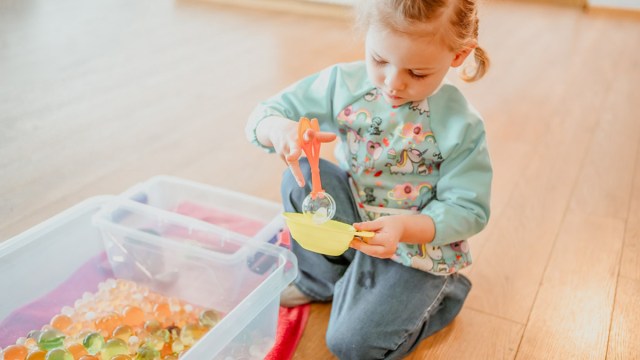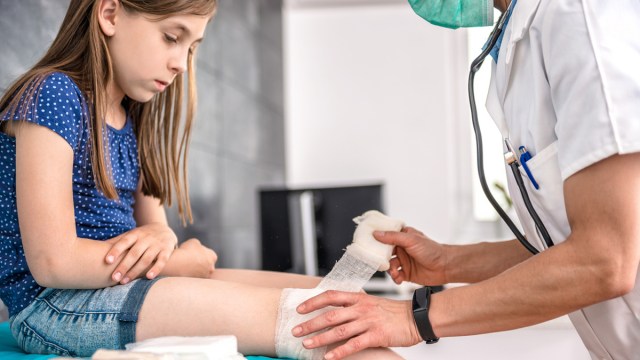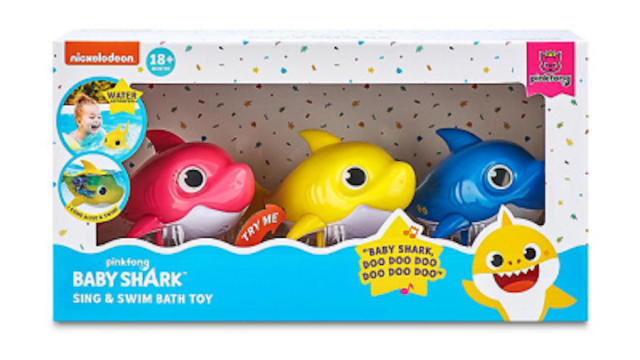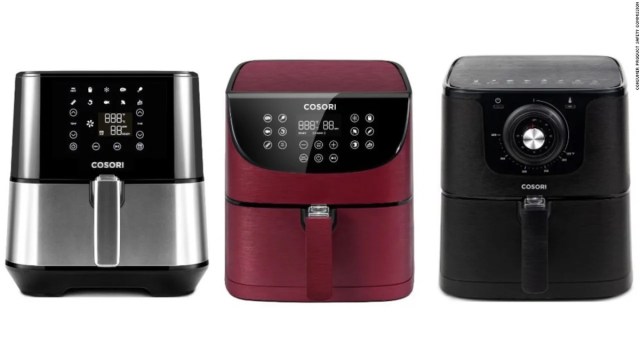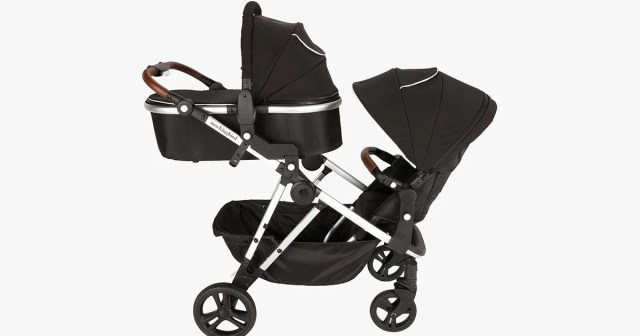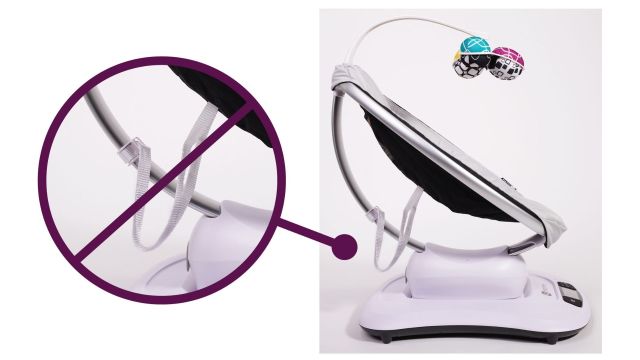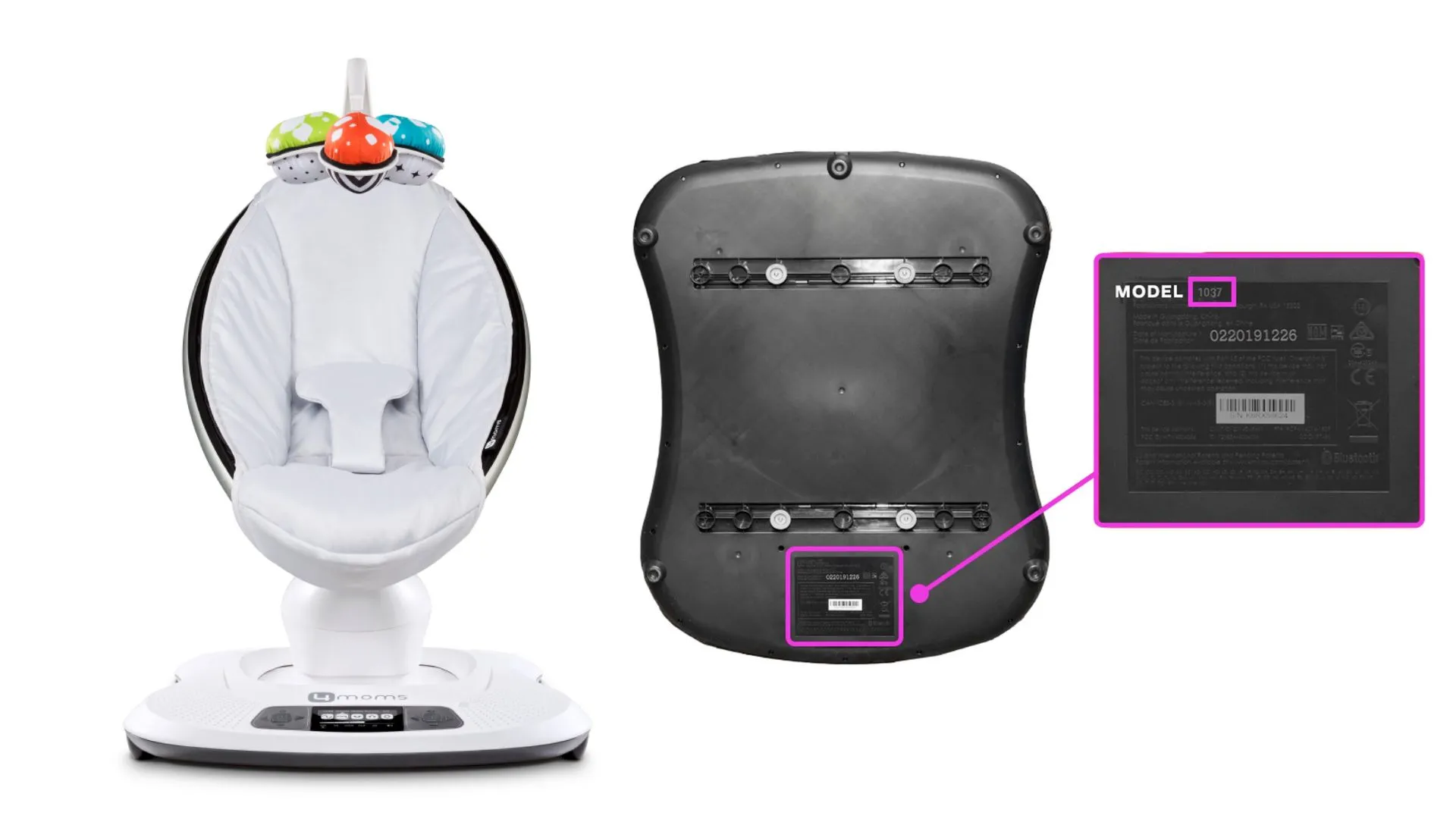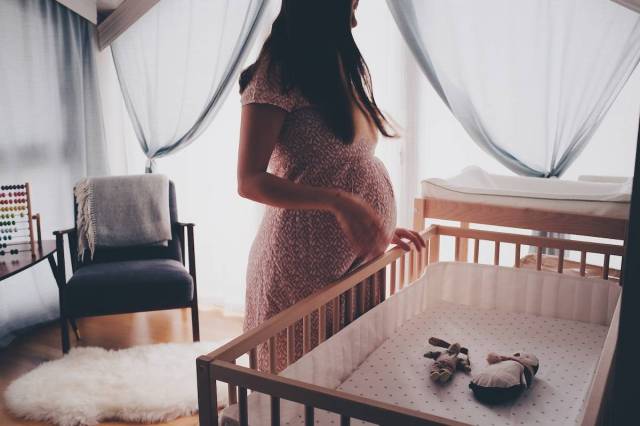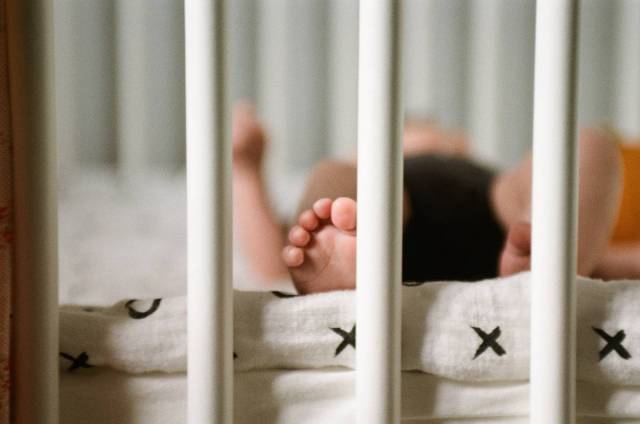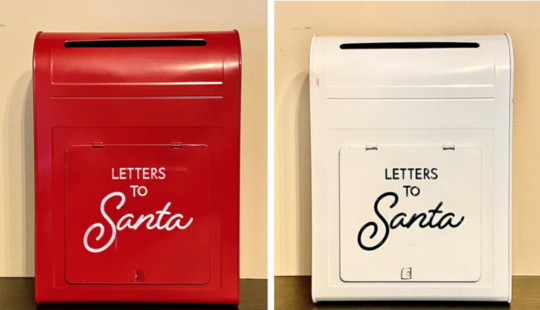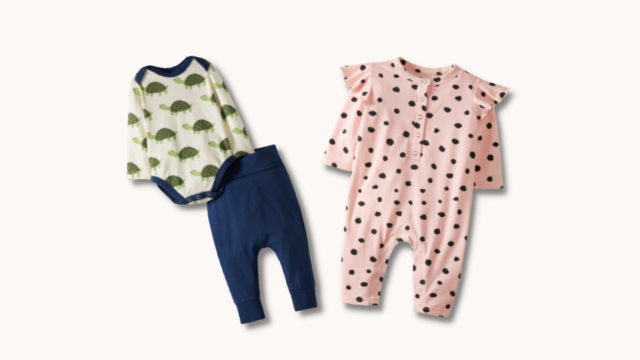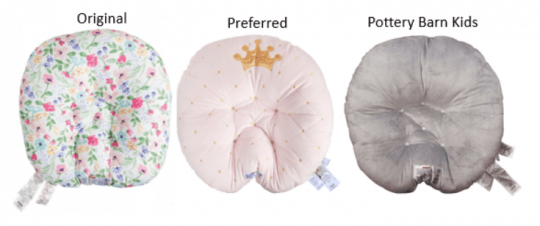Leave these dangerous items off the list this year
With Hanukkah in full swing and Christmas fast approaching, odds are you have some holiday shopping on your to-do list this week. Pediatric ER doctor and mom of four Dr. Meghan Martin recently posted a TikTok video sharing which toys are most likely to land kids in the ER this holiday season, and you might be surprised by a few. While you’re probably already aware of dangerous activities all kids should avoid (like swimming alone and riding on ATVs), there are certain no-go items that kids should really steer clear of. Here’s what Dr. Martin has to say:
@beachgem10 Top 5 gifts that can cause injuries in kiddos and land them in the ER fornthe holidays #Top5 #Christmas #Shopping #Dangerous #Emergency
5. Anything with a button battery
Per the Children’s Hospital of Philadelphia, “When swallowed, these small batteries get stuck in the esophagus (throat). The saliva triggers an electric current which causes a chemical reaction that can severely burn the esophagus in as little as two hours, creating an esophageal perforation, vocal cord paralysis, or even erosion into the airway (trachea), or major blood vessels.” Beyond these dangerous outcomes, children have died from ingesting button batteries.
These tiny batteries can be found in so many items in your home, from remote controls to musical greeting cards to watches. “[In toys] they keep those compartments closed with these little cheap screws. It’s not worth it. They can kill kids, and they do it every year,” Dr. Martin says.
4. Water beads
“These are sold as sensory toys, but little kids can ingest them when they’re small, and they can get larger and can cause bowel obstructions,” Dr. Martin says. “Don’t mess with these with little kids—and they can cause problems with pets, too.” The Consumer Product Safety Commission further explains: “Water beads look harmless—almost like candy—but can be deadly to babies and small children if ingested, and can lead to choking, internal injuries, and even death if left undetected.” The CPSC recommends that water beads be removed from all environments with kids ages 3 and under.
3. Electric scooters
“Kids get going way too fast on these,” Dr. Martin says. “They hit a bump; go flying; and mess up their faces, their arms, their heads. It’s Bad News Bears.” Electric scooters can travel up to 15 mph, and if you fall off, you are going to get hurt whether you are wearing a helmet or not. Cuts, fractures, and head injuries are the most common issues resulting from e-scooter usage. The American Academy of Pediatrics recommends that children under 16 not operate or ride on electric scooters.
2. Hoverboards
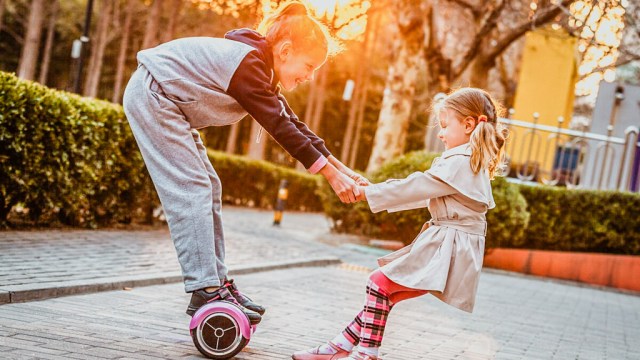
“We see so many hoverboard injuries right after Christmas,” Dr. Martin says. “[Kids] break their forearms and their elbows and sometimes their heads. Also, they can literally light your house on fire.” This two-fold danger still hasn’t kept hoverboards off kids’ wish lists through the years, and most kids aren’t wearing helmets and wrist guards while operating them. There’s even a whole TikTok account dedicated to hoverboard “fails.”
The CPSC has been warning parents of the dangers of hoverboards since 2015. “In March 2017, a 2-year-old girl and a 10-year-old girl died in a house fire ignited by a hoverboard in Harrisburg, Pennsylvania. In addition, CPSC has reports of 13 burn injuries, three smoke inhalation injuries, and more than $4 million in property damage related to hoverboards.”
1. Trampolines
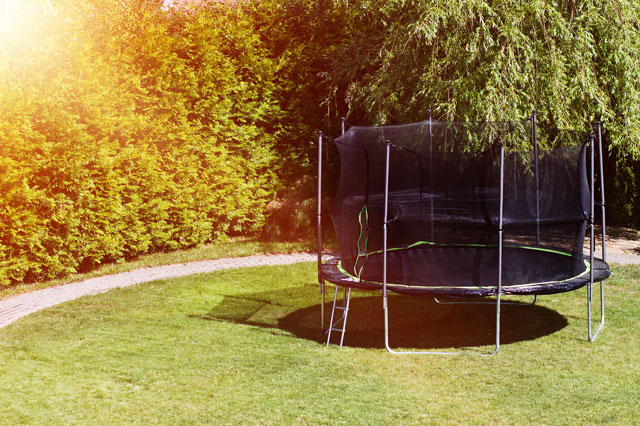
“This should not be a surprise to anyone. I detest trampolines,” Dr. Martin says. “They keep the emergency department and the orthopedics team in business. It doesn’t matter if you have a net. It doesn’t matter if you have them buried in the ground. Most of the injuries actually happen on the trampoline. Also, your insurance company may drop you.”
Kids can get injured by landing wrong, being jumped on by another child, or falling off a trampoline without a net. As the Mayo Clinic explains, “trampoline injuries cover a wide spectrum, from small lacerations to fractures of the spine, head, ribs and sternum. And the number and variety of injuries continue to climb, despite efforts to make trampolines less dangerous with enclosure nets and other safety features.”
Consider these warnings as you play Santa this year so that you can avoid a holiday trip to the ER with your little one!
